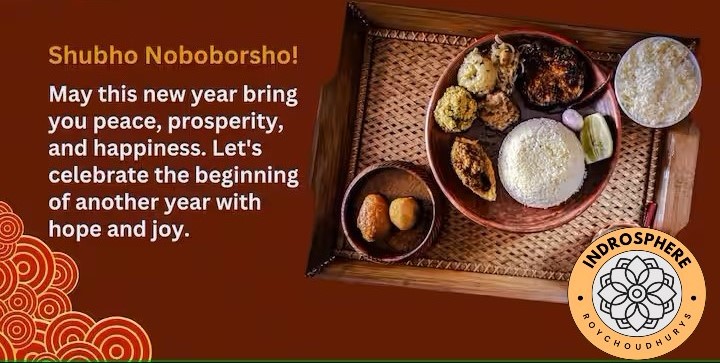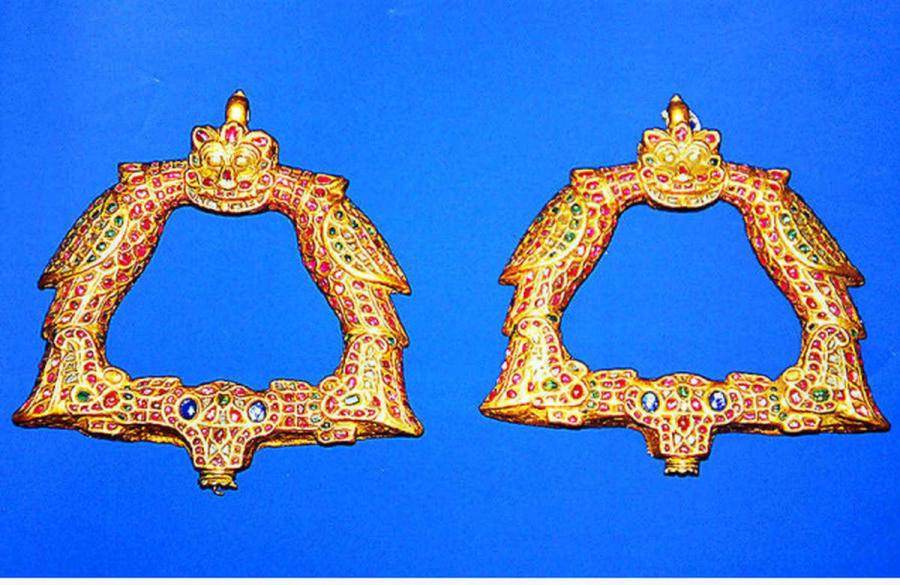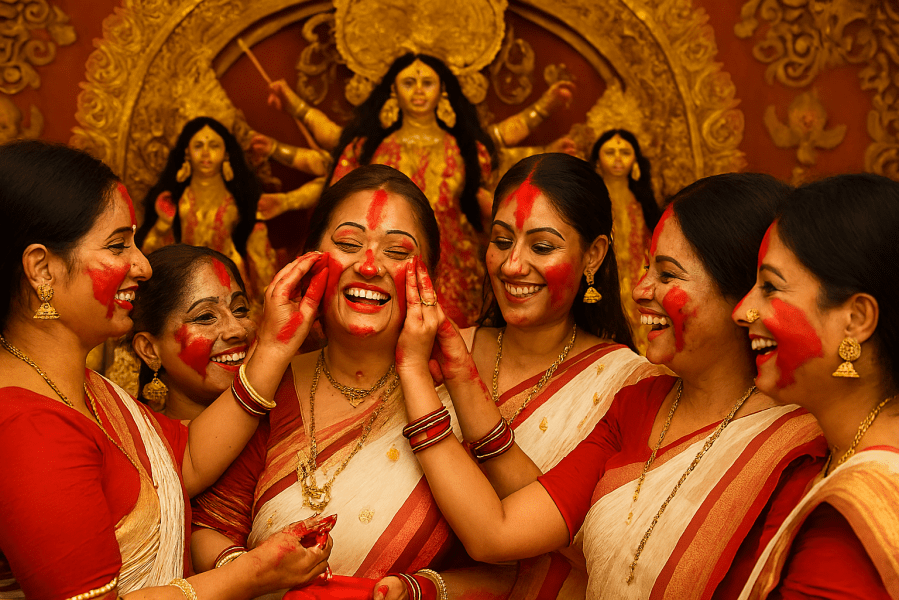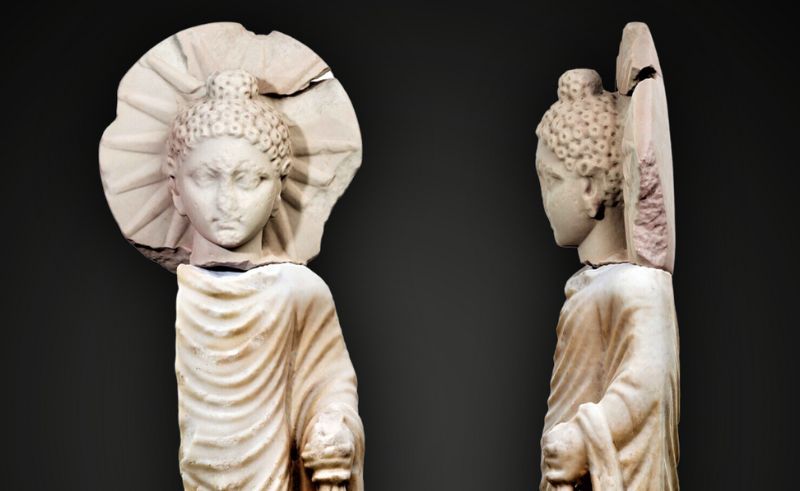Shubho Noboborsho, the Bengali New Year, symbolizes renewal, unity, and rich cultural heritage. Celebrated on the 14th or 15th of April, it embodies new beginnings and traditions deeply rooted in Bengali culture. Amidst vibrant festivities, preparations include cleaning homes, making traditional sweets, and decorating with Alpana. Despite modernization, the festival's essence of reflection, family bonds, and personal connections remains cherished. Shubho Noboborsho celebrates optimism and the promise of new beginnings.










